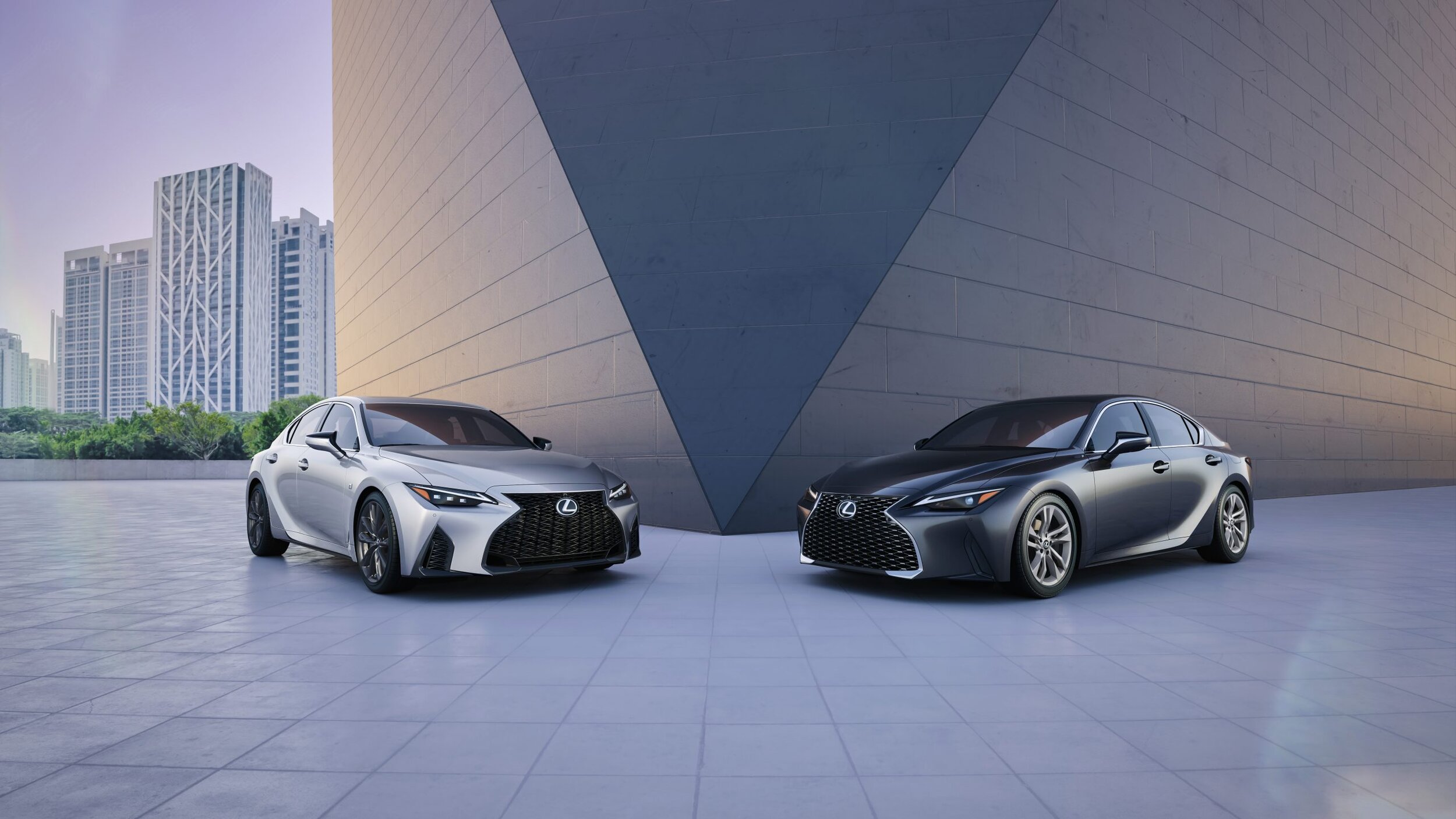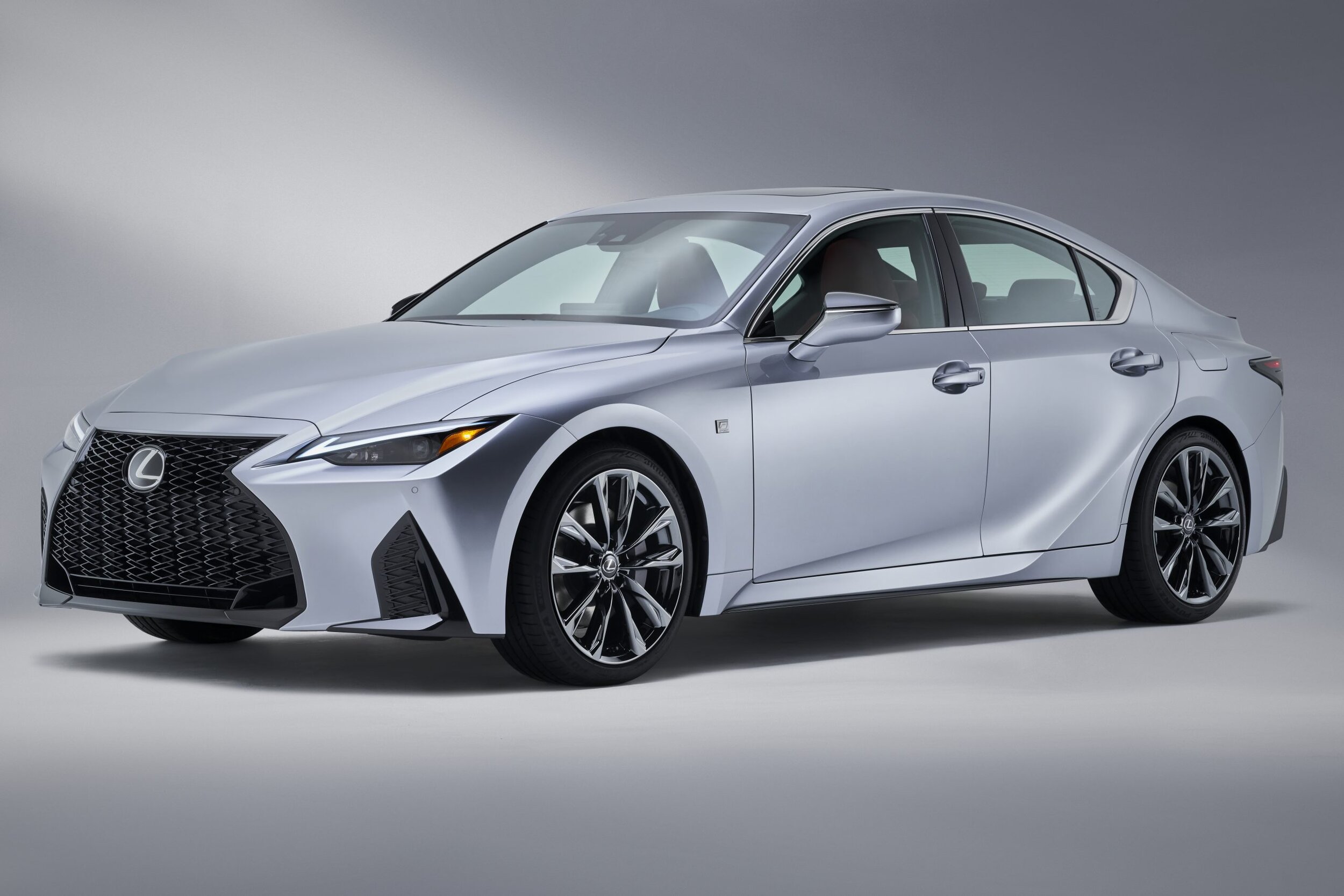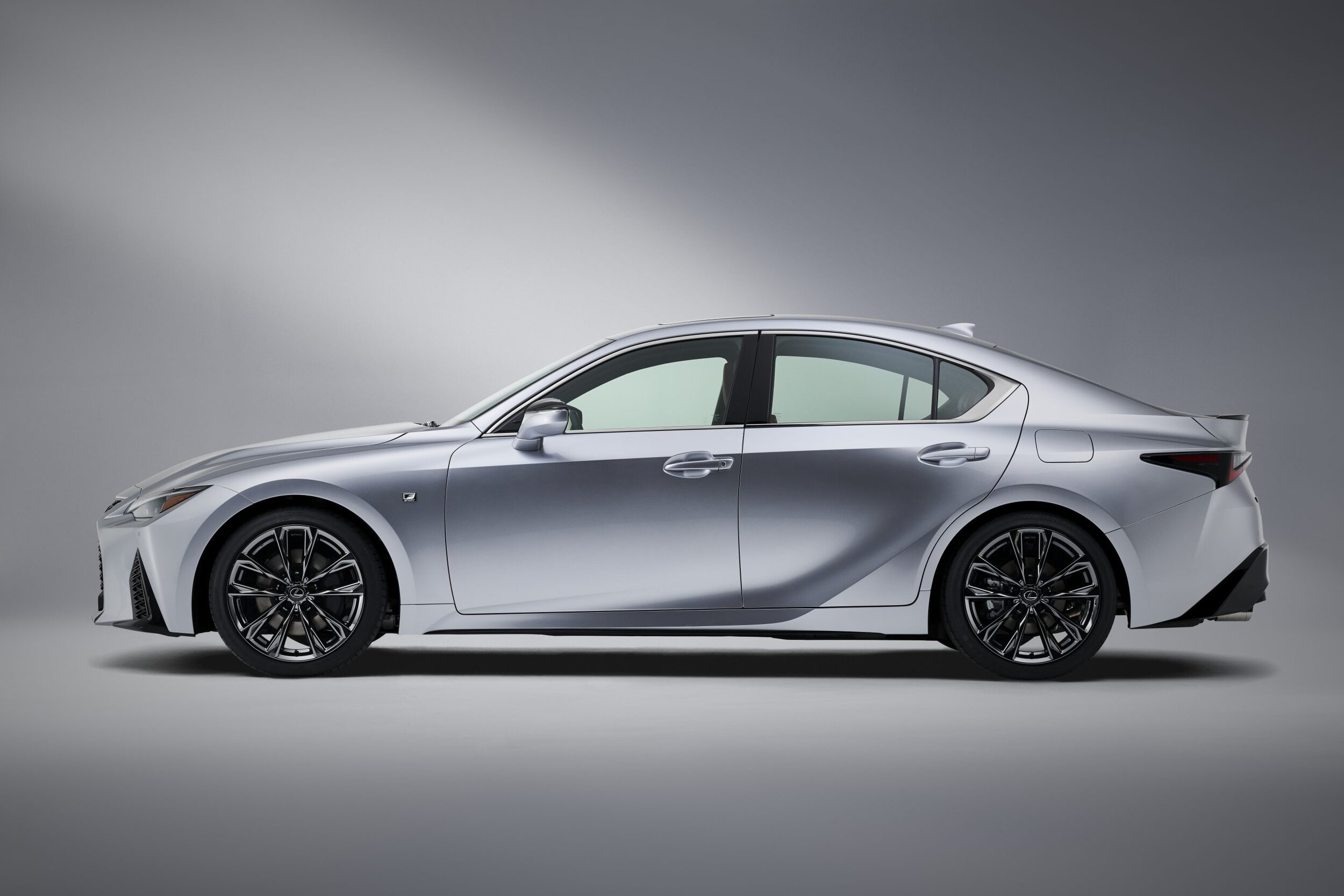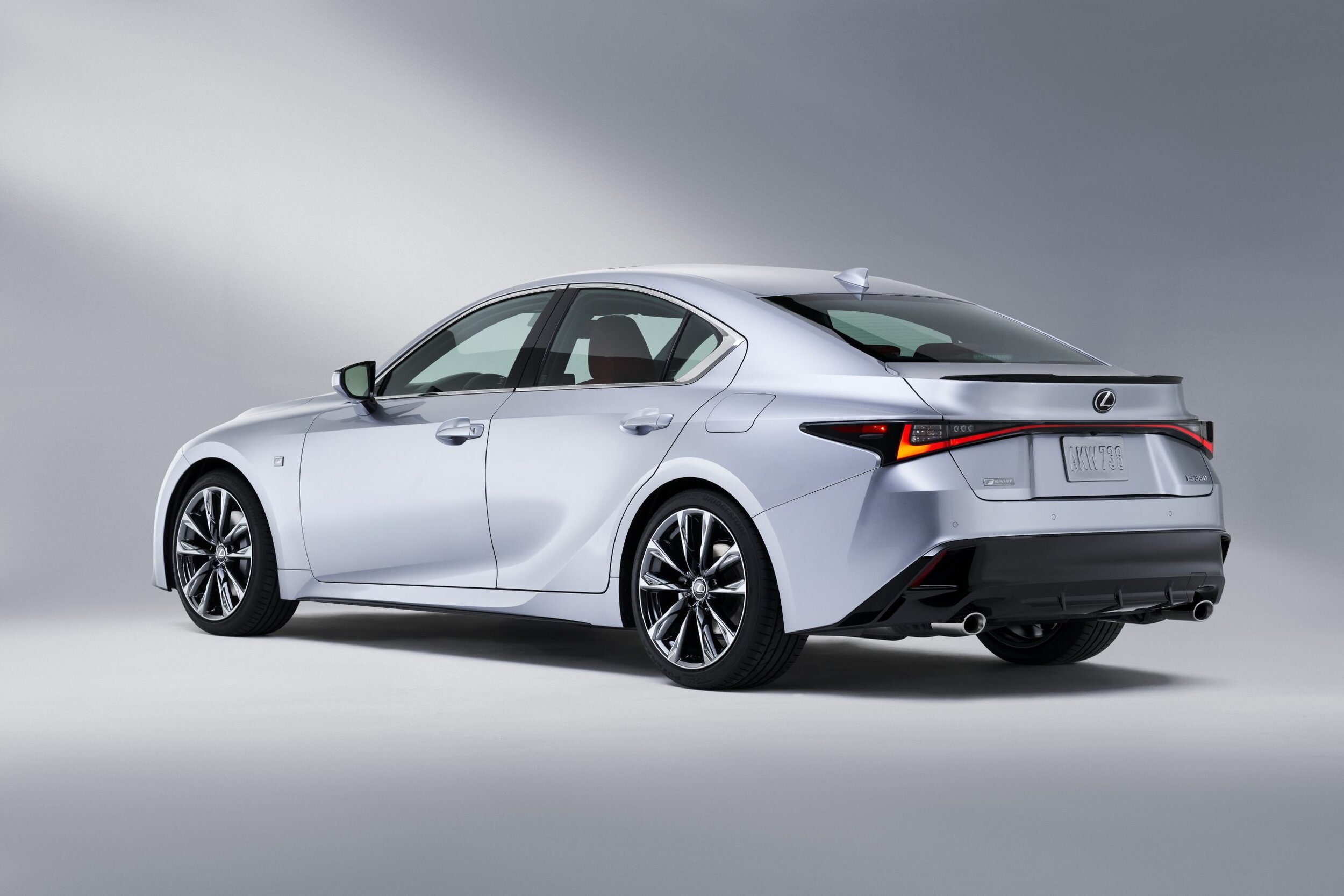Lexus IS: Niche is still necessary
/The significantly refreshed compact sedan arrives later this year.
WITH only 63 registered in 2019 and just another 16 to date this year, the Lexus IS surely stands as a classic example of how interest in even sports sedans is waning.
That diminished support has already been the death of its big brother; Lexus signalled earlier this year that production of the next-size-up GS for NZ ends in August. And that car achieved much the same penetration as the IS.
Accordingly, it wouldn’t have been too much of a surprise, perhaps, had this week’s announcement of a big update for the IS been tagged with local market notice of a change of heart. Indeed, had NZ abdicated the IS it would be following the United Kingdom, which has determined not to continue with the car.
Yet clearly there’s an optimism here that compels Lexus New Zealand to keep the white flag stowed.
In a statement timed to synch with the update’s global unveiling from the United States, it has sworn not only ongoing allegiance to the brand’s smallest rear-drive product but also continued enthusiasm.
Says Lexus New Zealand General Manager, Neeraj Lala: “With its Lexus driving signature, and performance enhancements, it is a true enthusiast’s car.”
So, what be expected of the latest edition when it arrives toward the end of the year? Basically, a lot of new, but also not a complete change.
What’s being described as the fourth-generation model is, in reality, a big makeover. A number of fresh technologies, improved dynamics and a complete overhaul of its dramatic styling place atop the same platform as the existing model and existing powertrains continue.
As is appropriate, the front end is still marked out by a large ‘spindle’ style grille, but the headlight units are more compact than before and feature a strong LED running signature slashing from corner to corner.
The rear end is a complete revision: A new L-shaped tail light is joined by a full-width LED lighting bar, while Lexus talks of the car being more a ‘four-door coupe’ in profile than what we see now. Stronger rear shoulders are emphasised by the pronounced boot lid, too, while the whole car is 30mm longer.
F-Sport versions receive a different mesh pattern on the front grille, and additional front air intake, exclusive 19-inch wheels, a bootlid spoiler and can be had in the Radiant Red paint colour used on the LC coupe.
These in particular sit lower and wider and look more ‘pumped’ than the current F-Sports.
The interior is a mix of old and new. The central vents, gear selector, centre console and steering wheel appear to have been broadly carried over with minimal changes. The floating touchscreen infotainment system, 8.0 inches standard or 10.3 inches optionally, is new, replacing the sunken screen in the old car
Lexus says this IS is stiffer than the present offer thanks wider tracks, an increased number of front side-member weld points and a process of “optimising structures from the rear-quarter pillars to the sides of the roof, among other areas”. This, combined with a lower centre of gravity, boosts the model’s agility and lends a particular emphasis on steering response and feel.
Engineers have given the suspension a rework, too, with the new generation featuring new swing-valve shock absorbers to enhance the ride quality.
Powertrain options include the familiar 2.0-litre four-cylinder turbocharged petrol engine, 2.5-litre petrol-electric hybrid and 3.5-litre V6, all carried over from the current series with a few unique mapping tweaks to increase responsiveness.
The 2.0-litre turbo now features “enhanced adaptive control”, resulting in quicker and more decisive gear selection through the carryover eight-speed automatic transmission.
The hybrid has been treated to increased throttle response, while the V6 appears to be little changed. Lexus says full details will be confirmed closer to launch.
For reference, the current 2.0-litre produces 180kW/350Nm, the hybrid makes 164kW – Lexus does not quote a combined torque figure for the hybrid – while the V6 churns out 233kW/376Nm.
Full equipment levels have yet to be confirmed, although Lexus has made a point if referencing standard fitment of Apple CarPlay and Android Auto.
The Lexus’ Safety System Plus suite has also been upgraded.






















